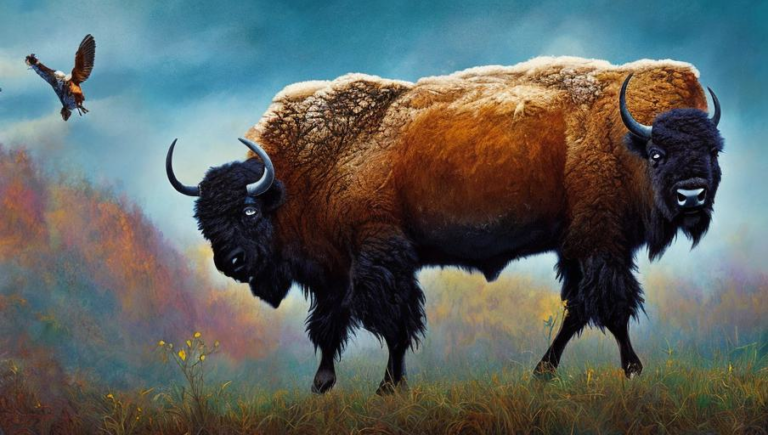Journey to the Ape Habitat

A Look Into the Ape Habitat
The ape is an incredibly fascinating creature that can both fascinate and mystify. Apes are the largest primates in the world and they have a range of habitats that they live in, including rainforests, woodlands, and even mountain ranges. Getting a better understanding of ape habitats and the creatures that inhabit them can help us better understand how to protect them and their environments.
Apes in the Rainforest
Rainforests are the most common habitat for apes and provide a wide variety of food and shelter for them. Apes live in the canopy of the rainforest, where they are able to find food, such as fruits, leaves, insects, and small animals. They also use the rainforest as a safe haven from predators, as the dense canopy provides a difficult environment for predators to navigate, giving the apes an advantage.
Apes in the Woodland
Woodland habitats are also home to apes, who use them for food and shelter. In woodlands, apes can find food such as nuts, fruit, leaves, and small animals, as well as shelter from the elements. Woodlands are also home to a variety of other animals, such as birds, small mammals, and reptiles, which can provide a food source for the apes.
Apes in the Mountains
Mountain habitats are also home to some species of apes, such as the gorillas of the Virunga Mountains in Africa. Mountain habitats provide a variety of food sources, including fruits, leaves, and small animals, as well as a safe haven from predators. Additionally, the high altitude of the mountains give the apes an advantage, as they can see predators from a distance and have more time to react.
Conclusion
Apes are incredibly fascinating creatures that live in a variety of habitats. Their habitats provide them with food, shelter, and safety from predators. It is important to understand the habitats of apes and the creatures that inhabit them, so that we can better protect these environments and the creatures that inhabit them.





